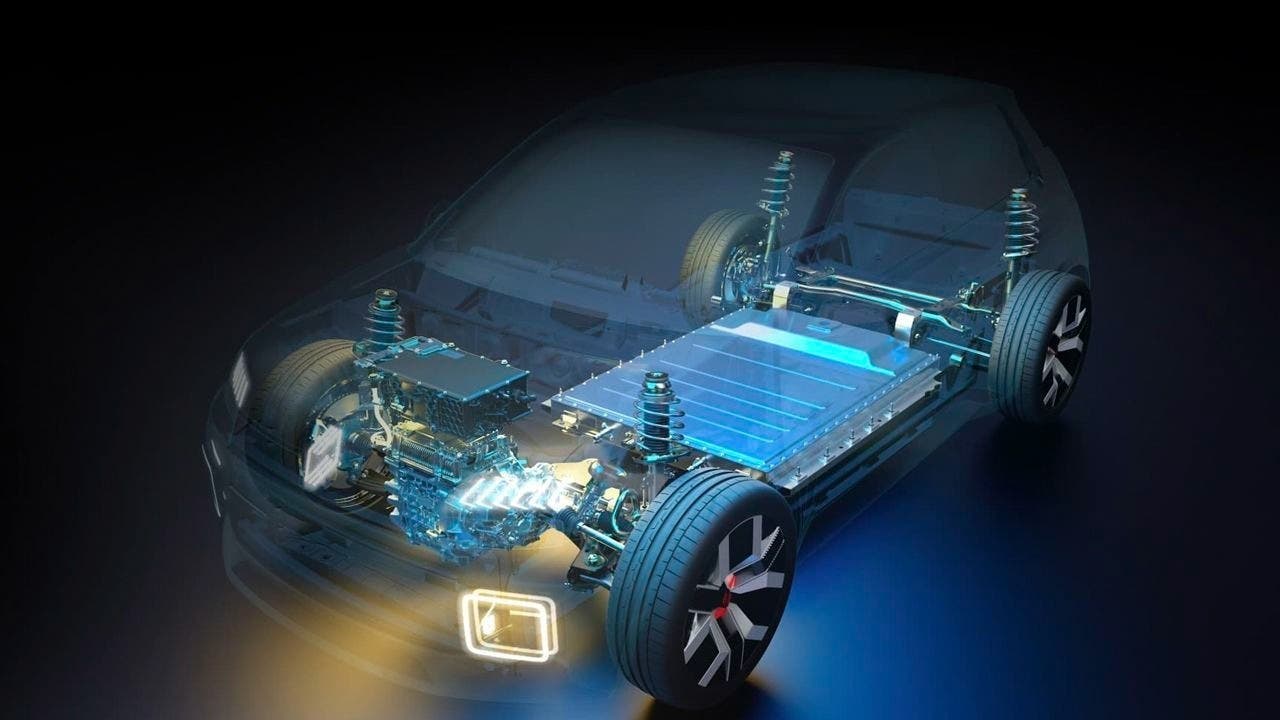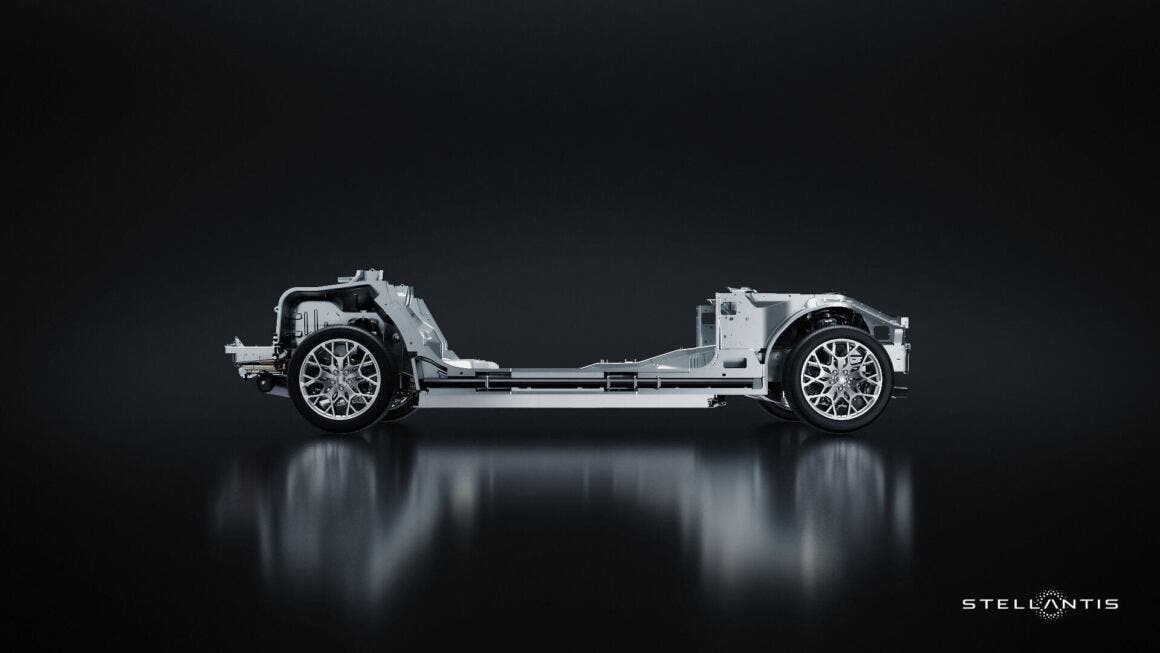Electric car platforms have become a dilemma for manufacturers. Some groups have developed architectures specifically for zero-emission vehicles, while others have opted for multi-energy systems that allow different types of propulsion to be combined in a single structure. This is the case with Stellantis, while the former is the approach taken by manufacturers such as the Renault group.
Renault pokes fun at Stellantis: their electric cars are too power-hungry

“If I deliver a gasoline car that consumes 5.5 liters per 100 kilometers and an electric vehicle that needs 15 kWh per 100 kilometers, I’m not doing my job properly,” stated Vittorio d’Arienzo, head of Renault platforms, to Automotive News Europe. His meaning is clear from the rest of the interview: with dedicated platforms for electric cars, you can work without compromises and therefore more efficiently than with a platform suitable for all types of powertrains.
Many believe these statements represent a direct criticism of Stellantis. Almost all cars launched on the market by the company led by CEO Carlos Tavares are both electric vehicles and cars with combustion engines. Renault, however, has chosen a different path and only presents completely separate electric vehicles that it provides alongside completely different combustion engine models. The most recent examples are the Renault 5 and Renault 4, the first vehicles based on AmpR Small, which is exclusively for electric vehicles.
According to d’Arienzo, adopting a specific platform is the only valid choice, especially regarding energy consumption. Although current values, such as the Renault 5‘s consumption of 14.9 kWh/100 km, are satisfactory, the French automaker’s platform manager believes they can be further optimized. For the upcoming Twingo, Renault‘s goal is to achieve a consumption of 10.5 kWh per 100 kilometers, making it highly efficient.

